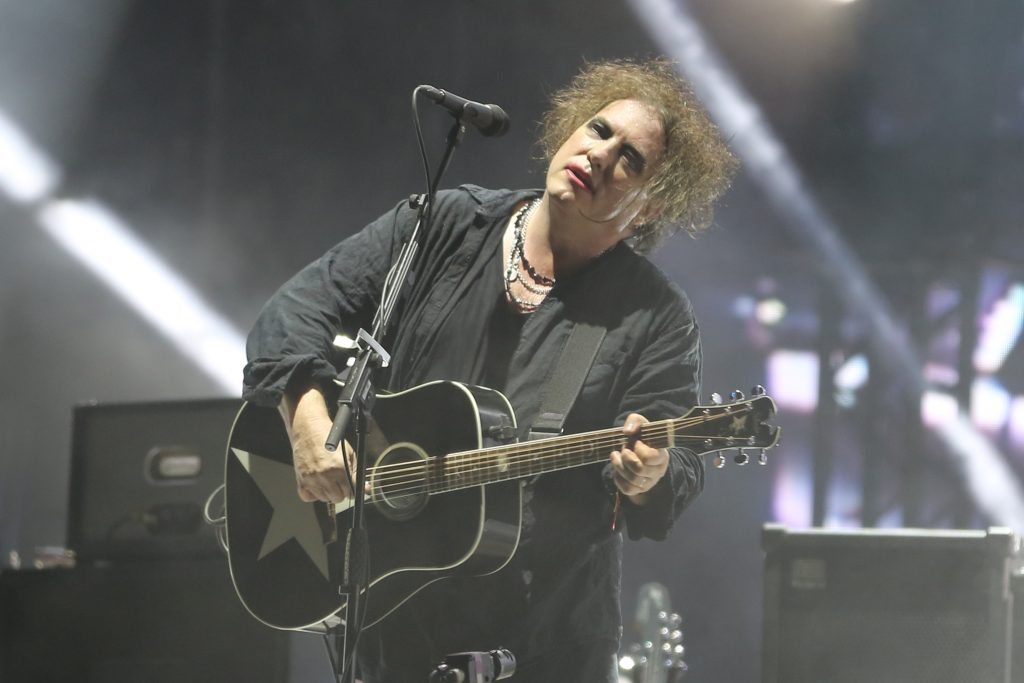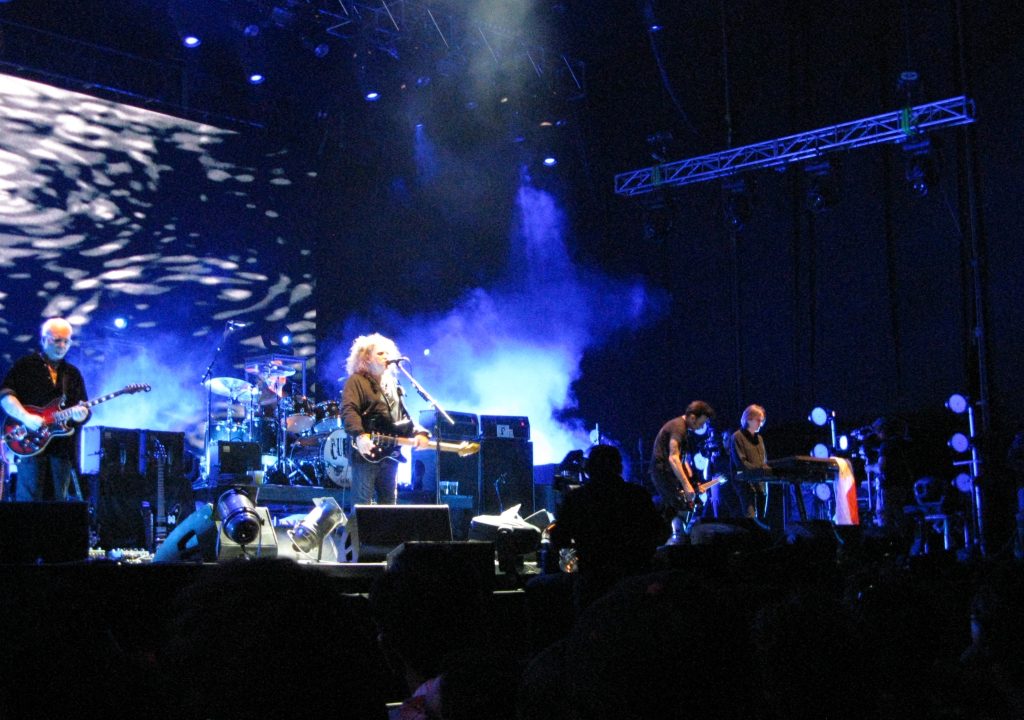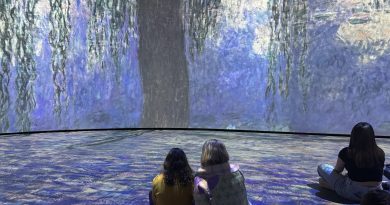BAND REVIEW: The Cure’s history and impact
Post-punk band The Cure’s musical artistry has broken molds and paved the way for the macabre-loving darklings to create their own community; the goth subculture.
Before our final issue, I thought I’d go back to my roots a little bit and delve into a band that’s been near and dear to my heart. So today, I’ll be sharing what is known about one of the world’s most influential post-punk bands, The Cure.
The Cure was initially formed in Crawley West Sussex, England. The band has been known to constantly rotate members, save for the leading man and vocalist, Robert Smith. The initial group consisted of Smith, Michael Dempsey on guitar, Lol Torhurst on percussion, Alan Hill on bass, and Mark Ceccagno on lead guitar.
Having been school mates, the group was first formed when they decided to perform in a one-off band during middle school which they playfully named “Obelisk.” Three years later, Ceccagno decided to start another band, adding Smith on guitar alongside two other mutual friends. They named themselves Malice and mostly played covers of music legends such as Jimi Hendrix and David Bowie.
Up until that point, the band had mostly experimented with the popular hard rock sounds of the time. But the pivotal moment that led to the band adopting the post-punk sound was Creasy’s and Ceccagno’s permanent departure from the band. At the same time, Porl Thompson joined in, and the band decided to change their name to Soft Cure.
It was 1978 when Soft Cure played their last performance. Porl Thompson was dropped from the band after being at odds with Smith. Their creative directions seemed to be on opposite ends, as Smith was gravitating towards a more minimalistic lyrical style for their pieces. Smith took this as an opportunity to settle on one final name for the band, and that was The Cure.
Throughout the years, the band has been known to have an experimental evolution to their sounds. Their debut album “Three Imaginary Boys” was described to be supposedly “Superficial” and “lacking substance” according to Robert Smith. This was because the band had little creative freedom during this album since one of their members and a sound engineer took over the art direction and production.
Despite this, “Boys Don’t Cry,” the lead single for this album, has become one of the band’s most played songs, currently charting at number one on their Spotify page. The album itself is definitely more upbeat than their future works, but it’s still enjoyable, nonetheless. Robert Smith’s iconic, laid-back vocals really shine through and fit well with the playful demeanor of this song.
Further on, the band grew more knowledgeable in the industry and regained control of their art. This allowed Smith to experiment with a new sound, which slowly became permanent. “Seventeen Seconds,” the band’s second album, took on a more atmospheric sound. “A Forest” became their top played song of the album, encapsulating the distant, blurry fogginess that would pave the way towards their descent into the macabre.
“Faith,” the band’s third album, furthered the gloom that was peeking its head inside “Seventeen Seconds.” With blatantly somber lyrics and constant mentions of death, the band sunk into their sound and began to embody the emotions that they played in their music.
The seriousness of their craft was so profound that the band admitted to being “stuck in a ghoulish rutt.” Smith would often get so absorbed in the persona he created that he’d leave the stage after performances in tears.
In 1982, the band released their fourth album “Pornography.” This album became one of the pillars that inspired the goth subculture to emerge. Its nihilistic, dispirited and downright miserable subject matter seemed to resonate with many listeners who found themselves as outcasts of society.
Smith admitted to having gone through much stress and angst during the production of this album, but most evidently during the recording of the titular song of “Pornography.” Shortly after the release of this album, the band went on tour and reimagined their appearances to fit their new sound: Towering teased hair, smudged lipstick, thick black eyeliner and monochromatic clothing.
Since the release of what the band coins the “oppressively dispirited trio” albums, nine more albums were produced between 1984 and 2008. The bands’ mood slightly elevated with the creation of more full-length albums, and they continued to push the boundaries of their melancholic-creative endeavors. They did, however, have a consistent melodic bassline alongside Smith’s dominant, strangled vocals.
Despite the band’s undeniable influence on the goth subculture and musical inspiration for rising new wave bands, Smith has long deflected any labels placed on the band. He has specifically denied the “gothic-rock” label since the band has gone through so many phases. The most accurate label according to the band members would indeed be post-punk, since the umbrella can fit the bands’ changing phases.
Despite this, the goth subculture has greatly revolved around this pivotal band, alongside other greats such as Siouxsie and the Banshees and Bauhaus. The band’s emotional attachment to their craft made their performances and subject all the more hard-hitting, and it paved the way for a community that thrived in the dark and are artistically appreciative of the macabre.
For any of you who might be interested in listening to The Cure but don’t know where to start, here are a few song suggestions: “Lovesong,” “Charlotte Sometimes,” “The Funeral Party,” “Doubt,” “Cold,” “Apart,” “Friday I’m in Love,” “The Hanging Garden” and “Disintegration.”
The Cure’s entire discography is currently out on all music streaming platforms.

‘Featured Image’ The Cure performing in Chile in 2013. Photo by Christian Córdova under the Creative Commons Attribution 2.0 Generic license.






